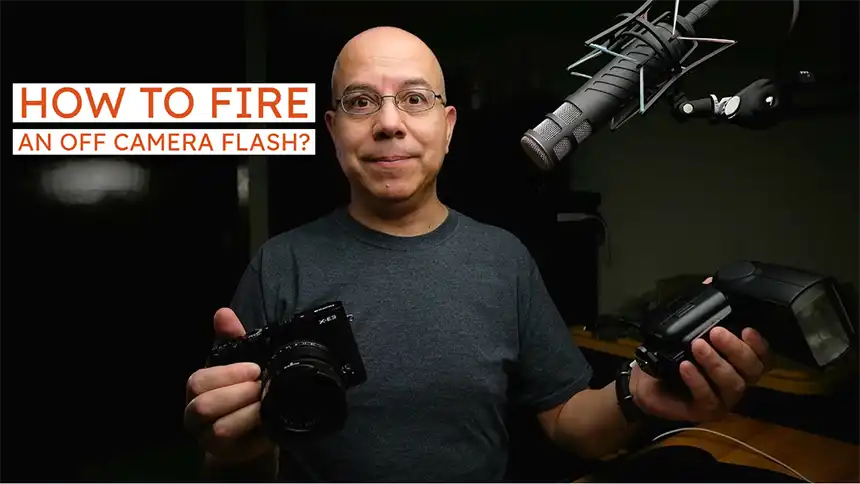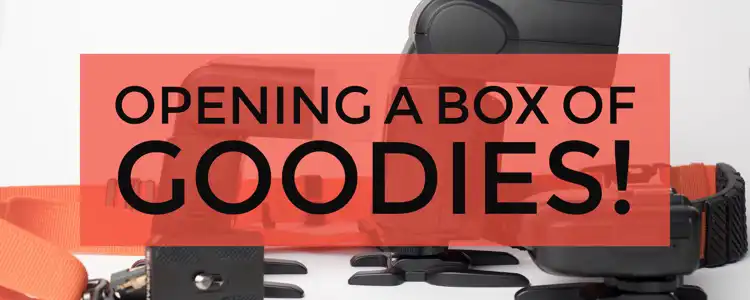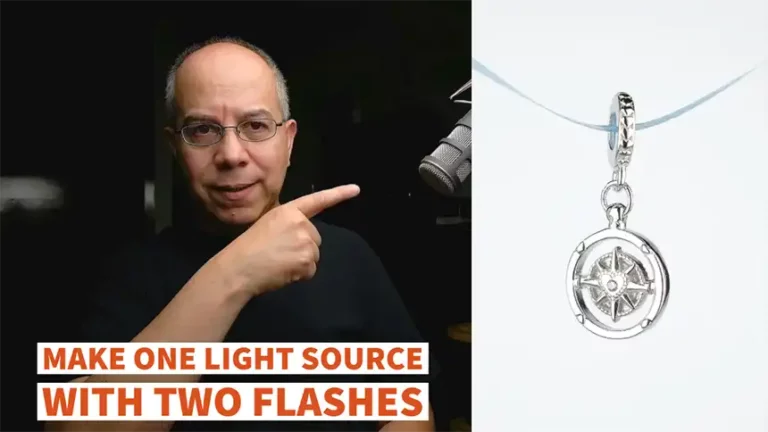What Do You Need to Fire an Off-Camera Flash
Alright, off-camera flash sounds amazing but, what do you need to fire a flash when it’s off-camera? Keep reading to learn more.
In this post I’d like to share with you some of the basic considerations and methods to fire a flash when it is off camera.
When your flash is off-camera you need a way for the camera to communicate with the flash. For this you need to ask yourself two questions: What Medium? And What Kind of Signal to Send?
What Medium?
When you’re trying for the camera to communicate with the flash, the first question is: what medium are you going to use? You have three options:
- Cables
- Optical signals, usually in the form of a flash
- Radio transmission
There are different kinds of cables and connectors that you can use, if you choose to use cables. If you use optical signals you probably won’t need any additional equipment. Just like cables, there are many options of radio systems to use, if you choose radio transmission.
Once you choose the media, you need to ask another question.
What Kind of Signal?
You can send two kinds of signals to the flash:
- Simple firing signal
- Control signal
If you send a simple firing signal, everything is in Manual mode, both the camera and the flash. For example, you set the camera to ISO 200, f/5.6 and 1/60 s, and the flash to 1/16 power with a zoom coverage of 35mm.
This way, when you press the shutter button you just tell the flash to fire with whatever settings it has. If you want to change the flash power setting, you´ll need to walk up to the flash, change the power using its screen and buttons and then return to your shooting position.
If you send a control signal, you’re going to tell the flash the power settings and zoom when you press the shutter button. For example, you could set your camera to ISO 200, f/5.6 and 1/60 s and adjust the power settings from your shooting position using some kind of transmitter.
You can also tell the flash to work in high-speed sync or TTL modes. The camera can be in Program, Aperture- or Speed-priority mode.
Summary
In short, a simple signal is easier to set up and debug, but harder to change. A control signal is more complex, but gives you more flexibility to work.
The combination of media and signal that you choose will determine the kind of gear that you need, in order to use off-camera flash.
For a more detailed demonstration of using simple signals, you can read this post.
For more information about using control signals read this post.
I really hope you found this post interesting, informative but also entertaining. If that is the case, please leave a comment below and share this post with your friends! But most of all, please remember to Stay Safe, Keep Learning and Keep Creating.
DISCLAIMER: Links included in this post might be affiliate links. If you purchase a product or service with the links that I provide I may receive a small commission at no additional charge to you. Thank you for supporting this blog so I can continue to provide you with free content every week!







